Spectre M4 submachine gun appeared in 1983 and has several unusual features. The designer set out to develop a weapon that could be used intuitively and automatically so that the user could instantly open fire without considering the safety condition or performing any action other than pulling the trigger.
The intention was to provide a weapon for anti-terrorist police and others who need to carry a weapon daily but may not be called upon to use it except at rare intervals. When that time comes, it has to be ready for use without hesitation.
Design
The Spectre M4 looks conventional enough, with a pressed steel receiver, barrel jacket, and a butt that folds to lie along the top of the receiver. The magazine fits into a housing ahead of the trigger and is the first unusual feature; it contains four columns of cartridges instead of the usual two. This means that the 30-round magazine is no longer than a conventional 20-round, and the 50-round is no longer than a normal 30-round.
The operation is also unusual. After inserting a magazine, the cocking handle is pulled back and released in the usual way. But instead of the bolt remaining back, it runs forward and chambers a cartridge. A “hammer unit” remains at the rear of the receiver, but pressing a de-cocking lever allows this unit to run forward under control and stop a short distance behind the bolt. The weapon is now perfectly safe to carry and will not fire if dropped or mishandled.
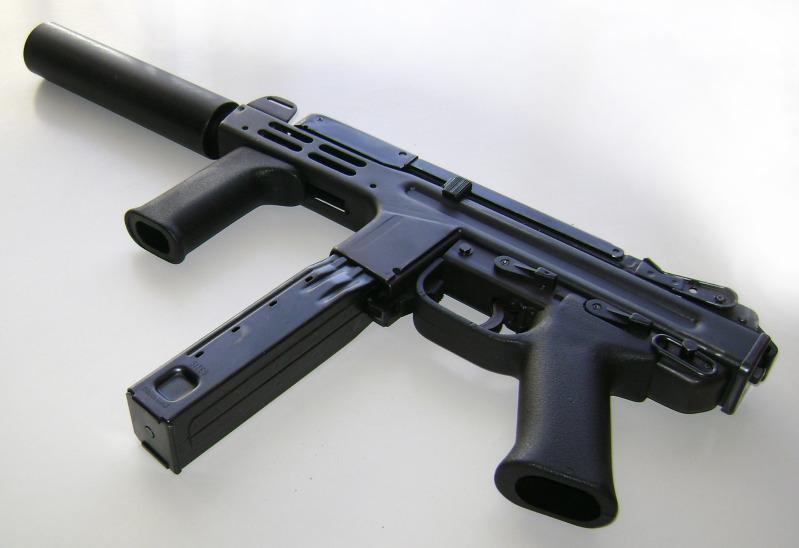
But as soon as it becomes necessary to fire, all that needs to be done is to squeeze the trigger. This will retract the hammer unit from its rest position and then release it with sufficient force to hit the firing pin in the bolt and fire the cartridge in the chamber, after which the action is automatic until the trigger is released.
Since the bolt is always closed when the gun is at rest, it might be expected that the barrel will heat up when firing and not cool very quickly; this is countered by a forced draught air system, operated by the movement of the bolt, which pumps air through and around the barrel while firing.
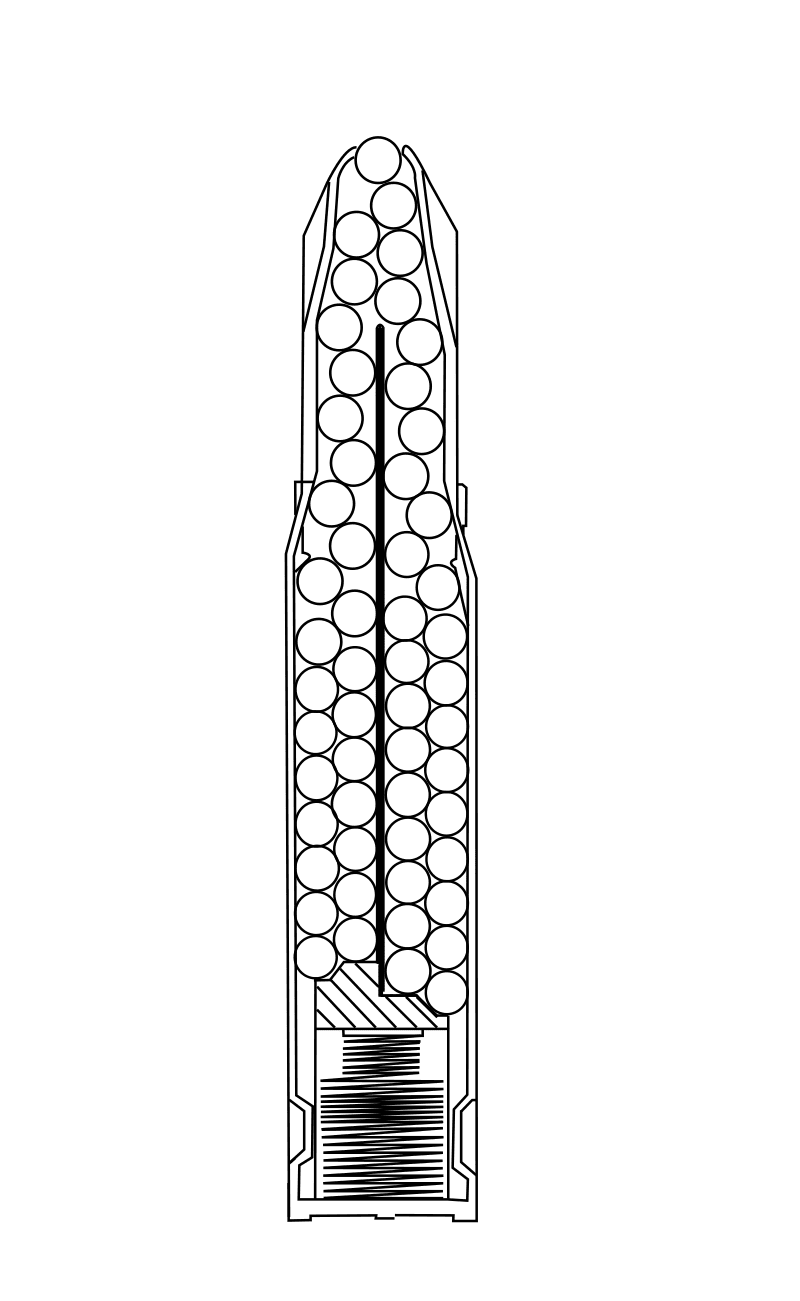
Versions
Three variant models accompany the basic Spectre M4 submachine gun; the Spectre PCC (Police Compact Carbine) fires single shots only and has a longer barrel; it can also be fitted with a silencer. The Spectre Carbine is long-barreled and fires only single shots. And the Spectre Pistol is the basic Spectre but without stock or foregrip and fires single shots only. The Police Carbine and Pistol versions are available in .40 Smith & Wesson caliber and in 9 mm Parabellum.
Several versions of the SITES Spectre M4 submachine gun were specifically made for the civilian market. Those Spectre M4 versions have been around since the middle 1980s and the late 1990s. The major problem with them was when their production suffered a significant backlash when the US Federal Assault Weapons Ban prohibited the import and sale of them on the American market, the biggest and most lucrative for this kind of item.
The Spectre M4 submachine gun looks very similar to the other Beretta M12, another submachine gun produced by an Italian company. While both weapons are quite similar to the early models of the legendary German Heckler & Koch MP5.
Users
Today, the Spectre M4 submachine gun is still used in some countries. For example, it can still be found among the police and SWAT units in Italy.
Technical specifications
| Country of origin: | Italy |
| Manufacturer: | Sites SpA, Torino |
| Type: | Blowback, selective fire, double-action |
| Caliber: | 9 mm Parabellum |
| Barrel: | 5.12 in (130 mm) |
| Weight: | 6.4 lbs (2.9 kg) |
| Magazine capacity: | 30 or 50 rounds |
| Cyclic rate of fire: | 850 rounds per minute |
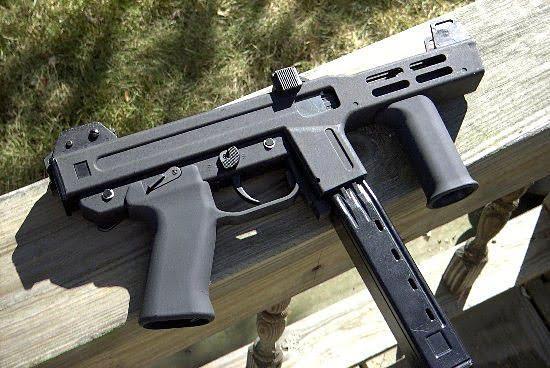
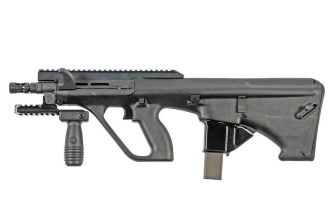
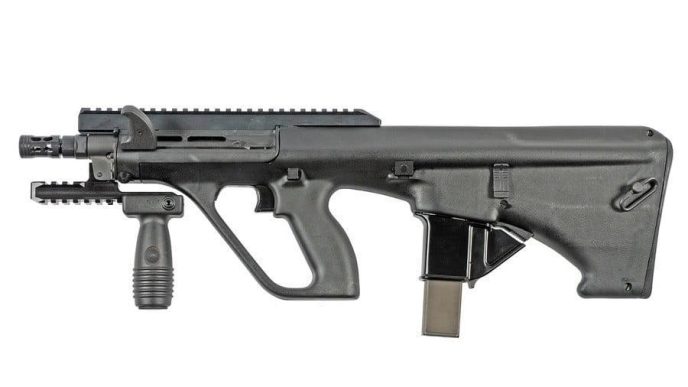
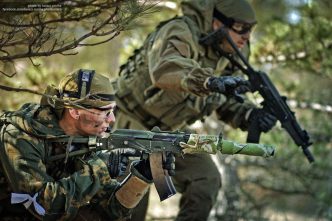
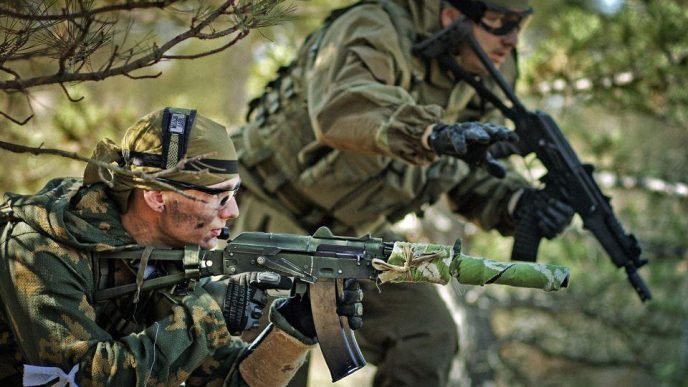
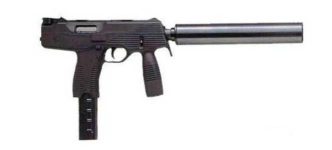

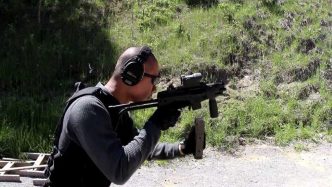
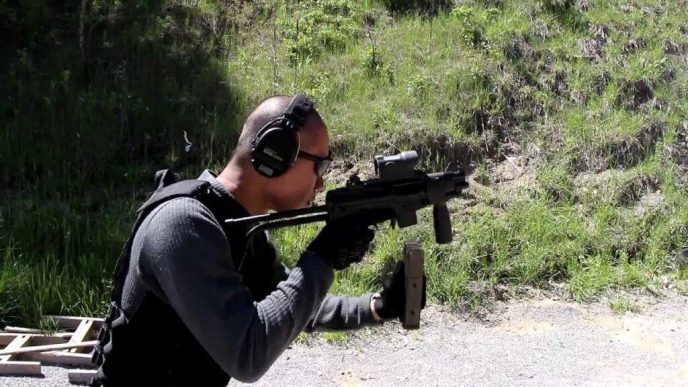

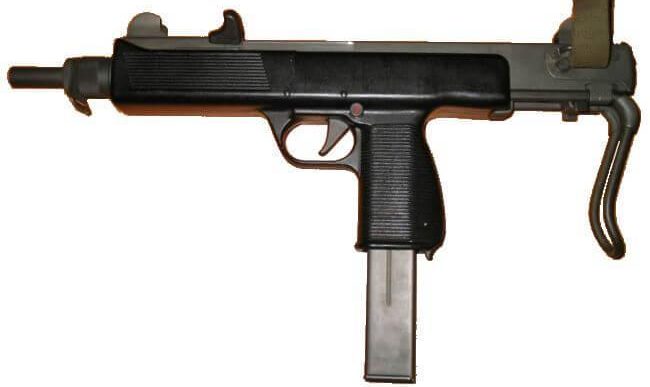

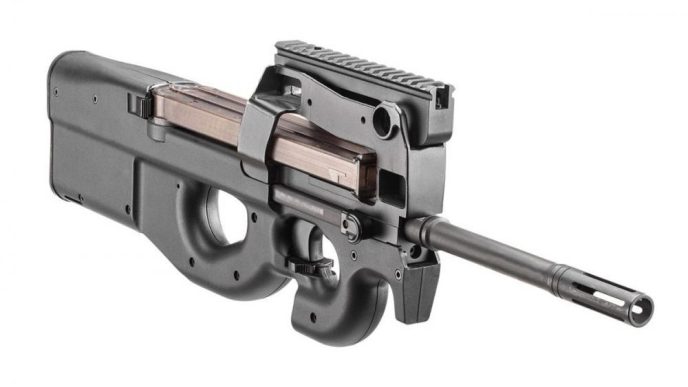
I LIKE IT.